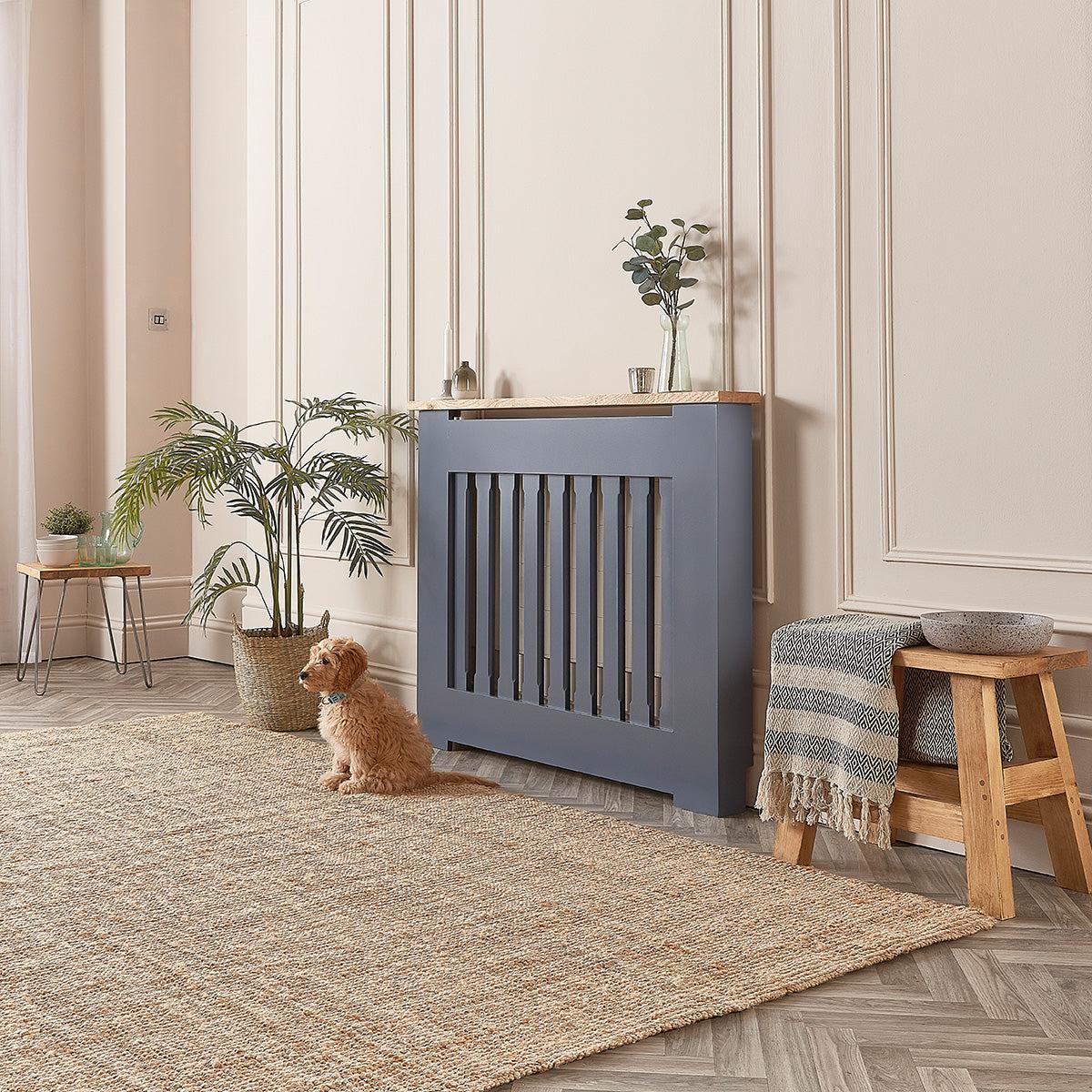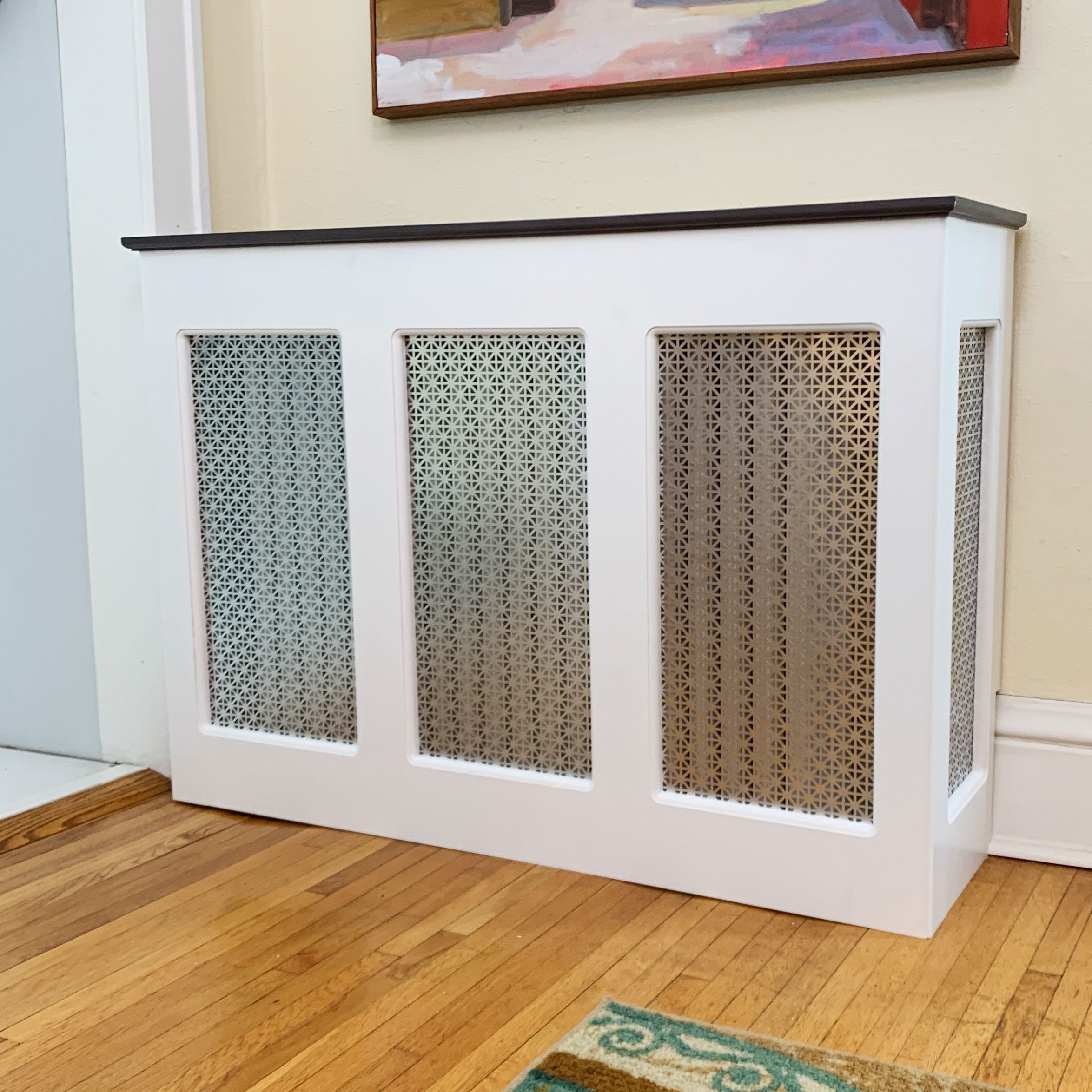DIY Tips for Installing a Radiator Cover easily
DIY Tips for Installing a Radiator Cover easily
Blog Article
The Relevance of Radiator Covers: A Practical Guide for Homeowners
Radiator covers are typically a neglected element in home layout, yet they serve multiple crucial features that require attention. As you take into consideration the ramifications of integrating radiator covers, you might discover yourself wondering about which choices line up best with your choices and needs.
Benefits of Radiator Covers
Enhancing both looks and performance, radiator covers deal an array of benefits for home owners. By covering potentially warm surfaces, radiator covers aid to stop accidental burns, specifically in homes with pet dogs or children.
Along with safety and security, radiator covers can add to energy performance. By guiding heat into the area instead of enabling it to dissipate into windows or wall surfaces, these covers can assist maintain an extra constant temperature level. This effectiveness can result in decreased home heating costs, as homeowners might find they can reduce their thermostat settings without sacrificing convenience.

Sorts Of Radiator Covers
Radiator covers come in a variety of kinds, each created to satisfy particular needs and visual choices of house owners. Conventional radiator covers typically include timeless products and detailed styles, suitable for duration buildings or homes with classic decoration.
Contemporary radiator covers, on the other hand, are characterized by minimalist designs and smooth lines, typically made from metal or crafted wood. These covers are perfect for modern-day homes, giving a clean and practical look that matches existing indoor layout patterns.

Custom-made radiator covers permit property owners to tailor the layout to fit personal preferences or special spaces. These can be crafted from various materials and can fit non-standard radiator sizes, making sure an ideal fit within the decoration of the home.
In addition, some covers incorporate multifunctional features, such as built-in shelving or seating, maximizing utility while maintaining aesthetic appeal. Ultimately, the kind of radiator cover selected can considerably influence both the performance and style of living spaces.
Selecting the Right Material

Wood covers, often favored for their classic appearance, offer all-natural heat and can be tarnished or painted to match existing decoration. Metal covers, on the other hand, are robust and heat-resistant, making them excellent for high-performance heating systems.
MDF is an affordable option that simulates wood's look while standing up to warping. Nevertheless, it is less durable than strong timber or metal and may not hold up against hefty usage. Inevitably, the option of material need the original source to take into consideration aspects such as room design, environment, and the meant use the room. By choosing the right product, home owners can improve both the performance and aesthetic allure of their radiator covers.
Installation Advice
Proper installment of radiator covers is important for guaranteeing their performance and long life (Radiator cover). First, gauge the dimensions of your radiator exactly to pick a cover that fits snugly without blocking airflow. Utilize a degree to confirm that the surface area where the cover will certainly relax is also
Begin the installment by removing any type additional resources of existing covers or obstructions. Ensure that the cover does not block accessibility to them if your radiator has valves. For wood covers, pre-drill holes for screws to stop splitting, and use proper fasteners that can support the cover's weight. When placing, ensure that the cover is safely connected to the wall or flooring to stop tipping.
Additionally, stay clear of positioning heavy objects on top of the radiator cover, as this can compromise its architectural stability. Examine your setup regularly to make certain that the cover continues to be firmly in area and does not hamper the radiator's effectiveness.
Preserving Your Radiator Covers
Normal upkeep of your radiator covers is crucial to ensure their longevity and visual appeal. Over dirt, time and dirt can accumulate externally, diminishing their look and possibly impacting their functionality. To preserve your radiator covers, start by dusting them regularly with a soft fabric or microfiber duster. This simple step protects against the buildup of gunk and maintains them looking polished.
Ensure they are totally dry prior to reattaching to prevent moisture-related issues. Furthermore, evaluate the covers for any kind of signs of damages, such as damages or scratches.
If your radiator covers are painted or finished, take into consideration reapplying paint or sealant every couple of years to maintain their protective layer. This not only improves their appearance however additionally protects against corrosion and deterioration. Be cautious of positioning heavy objects on top of the covers, as this can lead to bending or buckling. By complying with these upkeep practices, you can extend the life of your radiator covers and keep your home looking its ideal.
Conclusion
In conclusion, radiator covers play a substantial role in improving safety, power performance, and aesthetic allure within property spaces. Appropriate installation and upkeep even more boost their efficiency and long life, making radiator covers a valuable financial investment for property owners looking for both functionality and style cohesion.
By covering potentially warm surfaces, radiator covers aid to stop accidental burns, especially in houses with family pets or youngsters.Furthermore, radiator covers offer as a decorative aspect, you could check here flawlessly integrating radiators into the total design of a space. Conventional radiator covers often feature complex layouts and classic materials, suitable for period residential or commercial properties or homes with classic style. By selecting the appropriate material, property owners can boost both the capability and visual charm of their radiator covers.
For wooden covers, pre-drill holes for screws to stop splitting, and use proper bolts that can support the cover's weight. - Radiator cover
Report this page